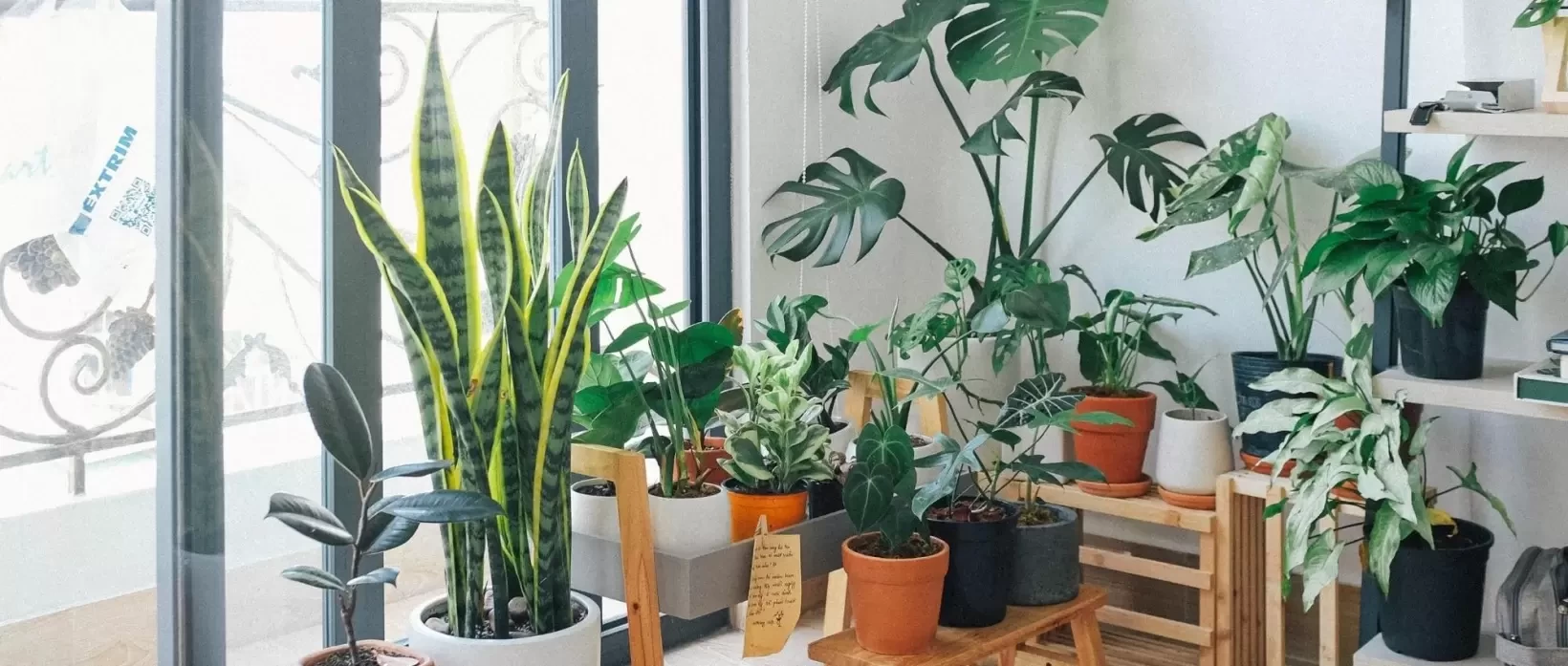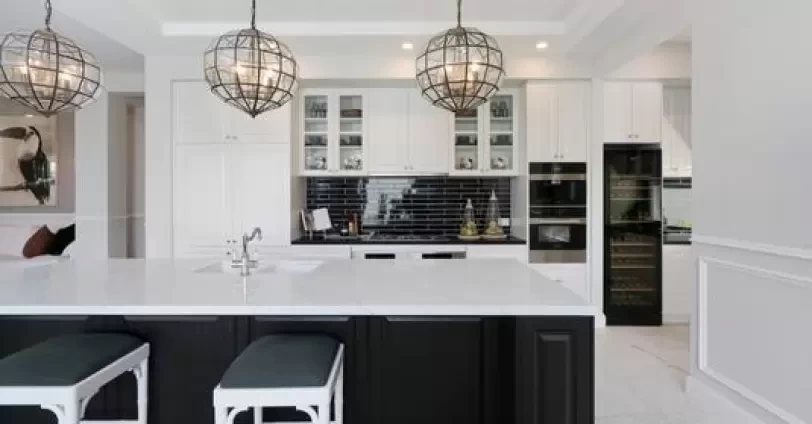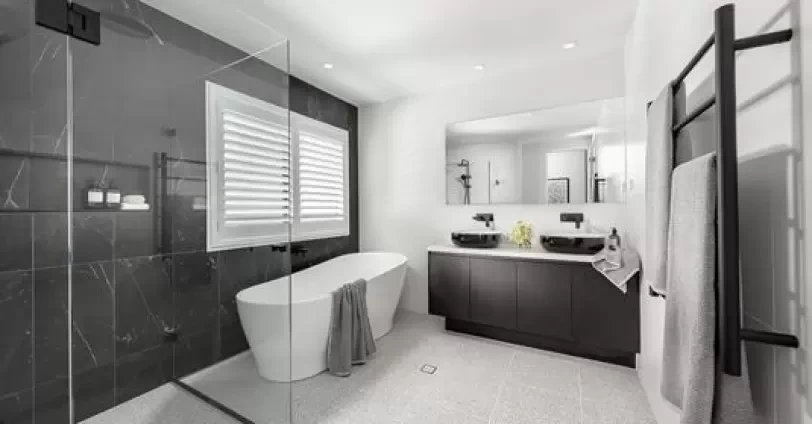Being in nature is good for the soul, so it’s no wonder that many people delight in filling their homes with all things green and lush. But then there’s the fact that most plants struggle to live indoors, even with plenty of loving care from people with green thumbs. So, what are the best indoor plants for Australian homes – which ones can thrive with a little extra TLC?
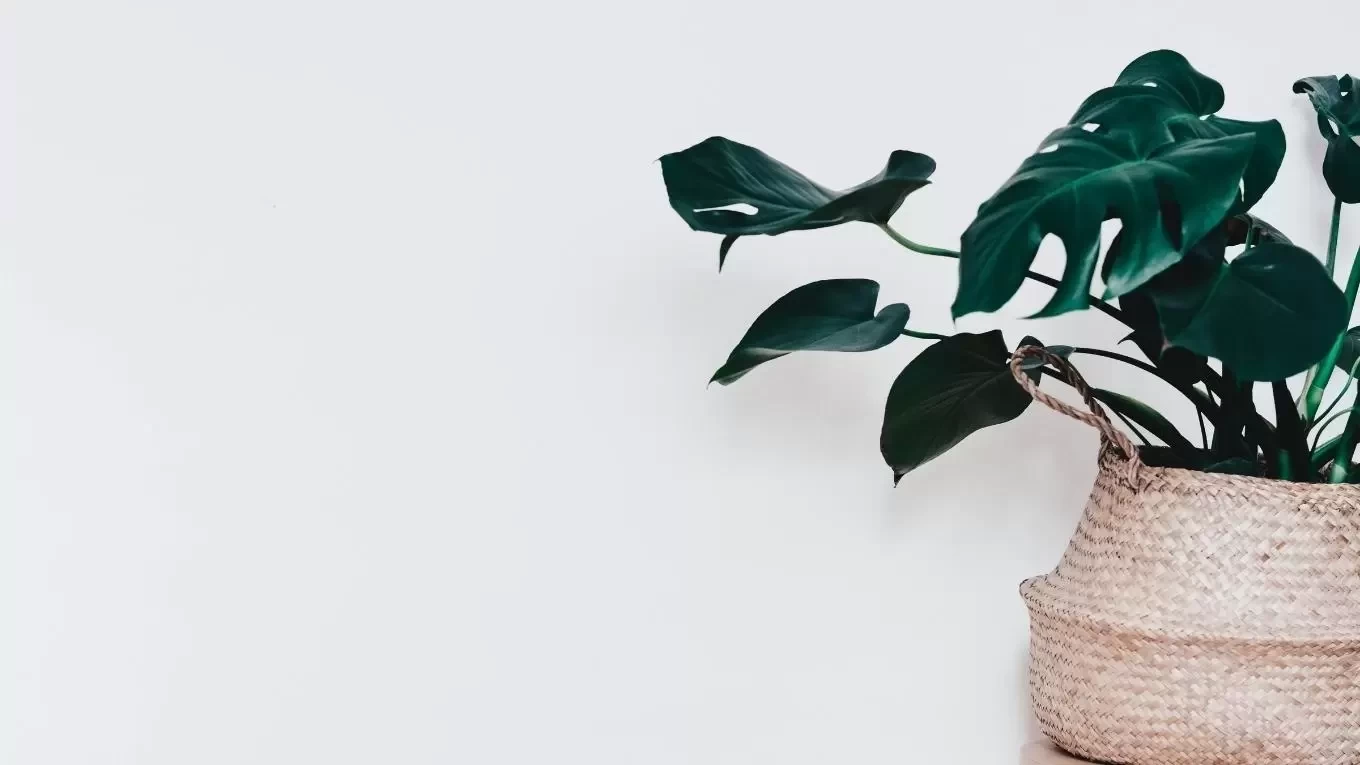
Monstera deliciosa, Swiss Cheese Plant
Native to southern Mexico, monstera deliciosa or the Swish Cheese plant is one of the best large indoor plants for Australia. It’s also extremely popular, thanks to its beautiful green leaves with distinctive holed patterns, so if you’d like one of these gorgeous plants, they shouldn’t be too hard to find.
You’d best be aware that these plants like to move, so to speak, so confining them to a small pot won’t be creating the ideal environment for your monstera. A stake within their pot will also allow them to climb, as they do in the wild.
Being from the tropics, monstera can benefit from being a bathroom plant, soaking up all the mist after your shower. Just make sure there’s plenty of natural light for it to enjoy, too.
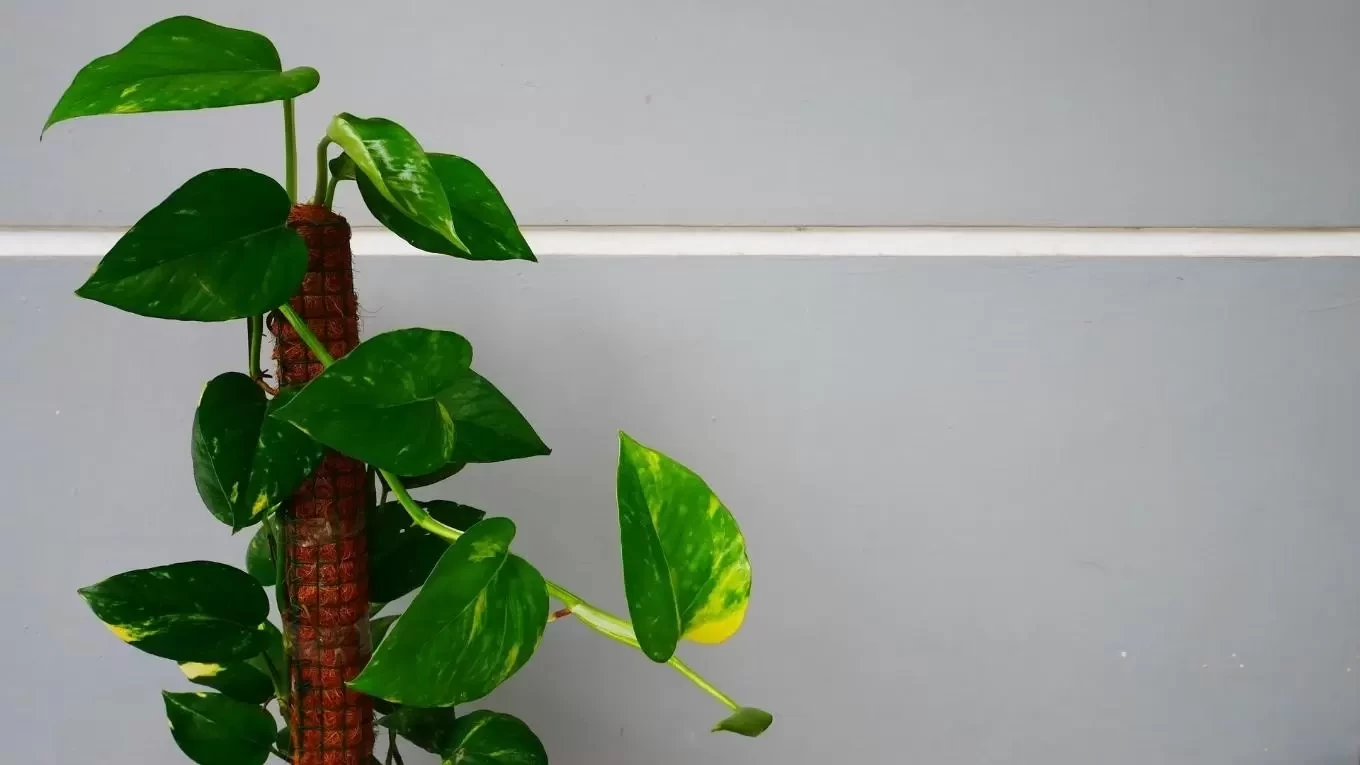
Epipremnum aureum, Devil’s Ivy
If you love the rambling look of overgrown ivy, you’ll love epipremnum aureum. It’s a good indoor plant for Australia, since it’s known for being rather hard to kill – it’s actually considered a weed in some tropical areas. This makes Devil’s Ivy a good house plant, since it’s quite hardy and only requires watering when the soil feels dry – just be sure to keep it in bright (though not direct) sunlight, and your ivy should happily thrive.
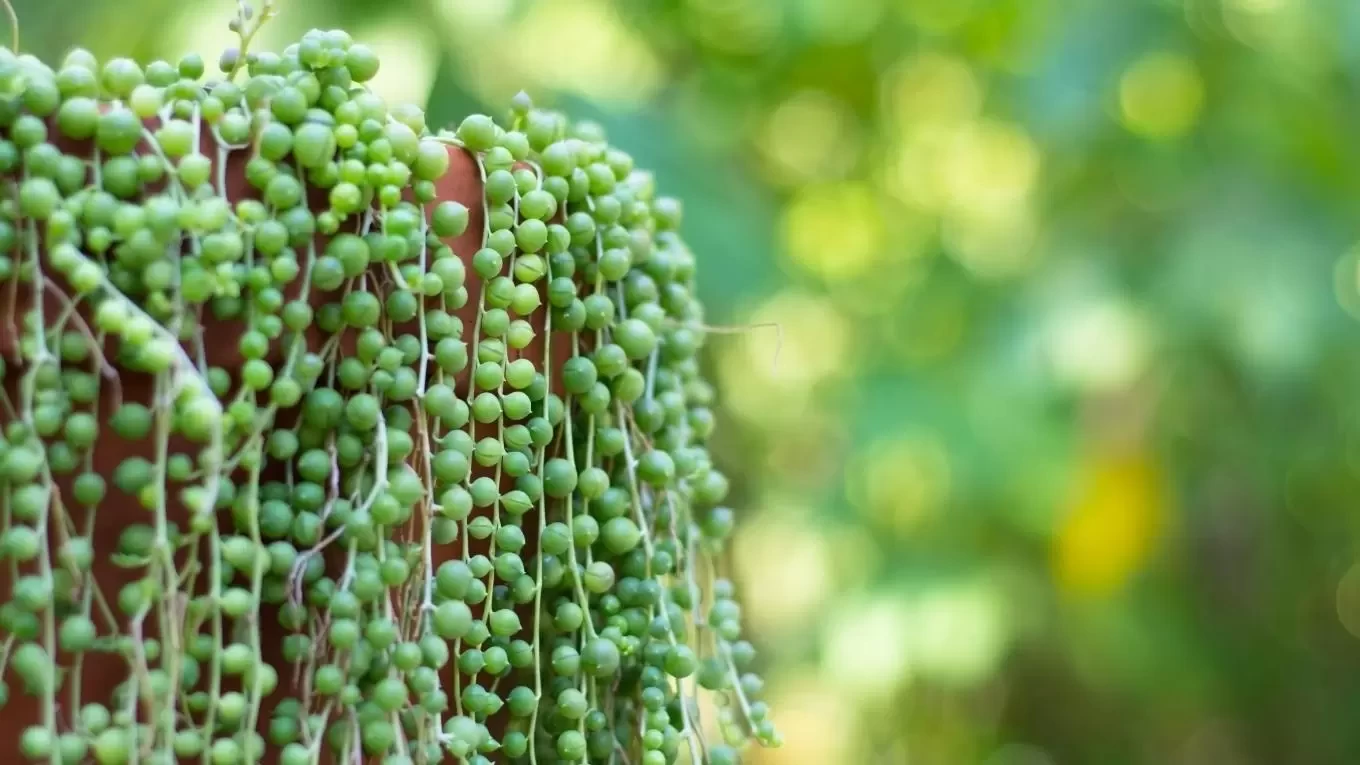
Curio rowleyanus, String of Pearls
While this gorgeous plant might not be among the best house plants in Australia if you’re an absolute beginner, you will be rewarded with a totally Instagram-worthy house plant if you give it the right care. Native to south-west Africa, this highly ornamental plant grows special leaves around the size and shape of peas, usually in trailing formations, hence the name “string of pearls”.
These pretty plants require indirect sunlight and well-drained soil, so whatever vessel you choose to place your string of pearls in, make sure it has plenty of holes in the base. Resist the urge to water often for the best results in growth from your curio rowleyanus.
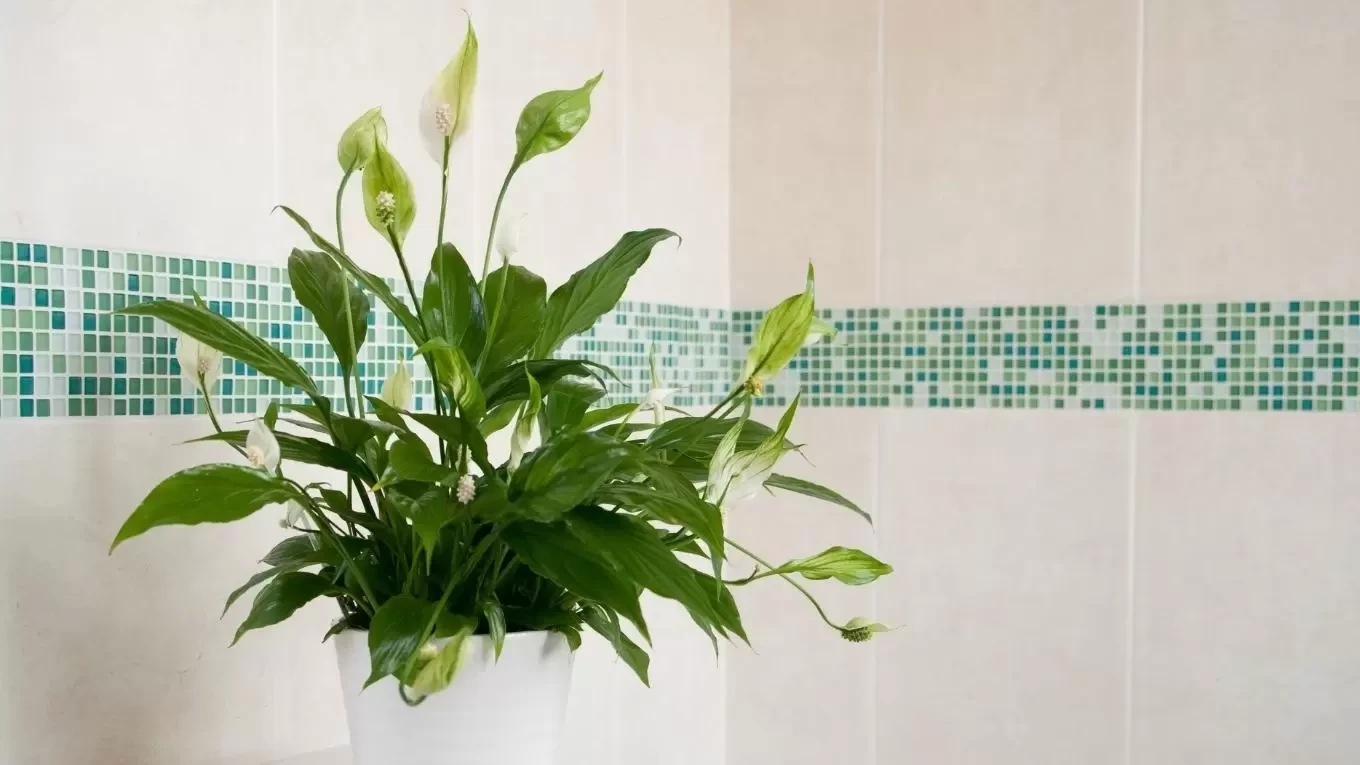
Spathiphyllum, Peace Lily
Popular not only due to its graceful, spade-shaped flowers but also its air-purifying qualities, the peace lily has been a popular indoor plant in Australia for many generations. Native to rainforests in South and Central America, peace lilies are surprisingly resistant to indoor shortcomings such as air conditioning and low lighting, but they will droop a little when thirsty. This makes it easy to spot when your lily needs a water, however, making the peace lily a great plant for beginners.
Please note: This plant is extremely toxic to cats. We do not recommend cat-owners keep this plant anywhere in their home.
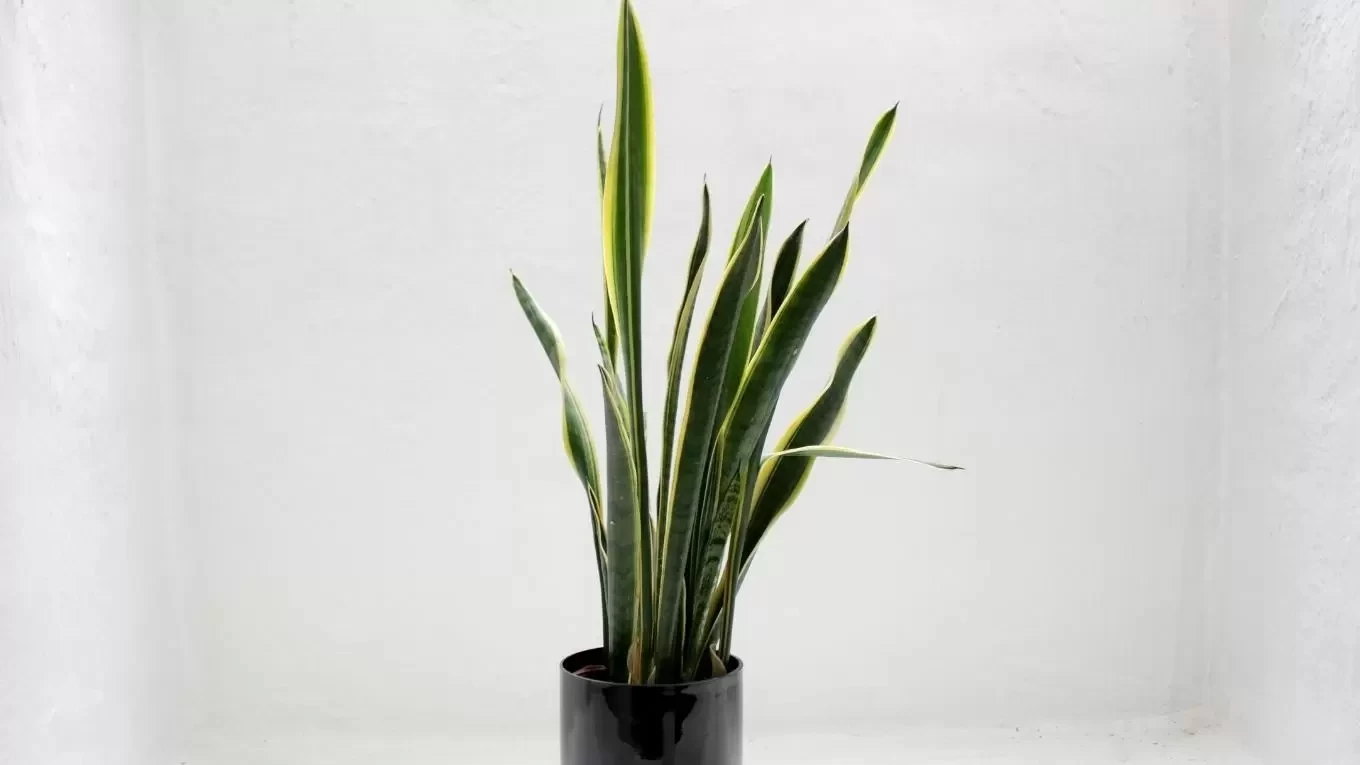
Sansevieria, Mother-in-law’s Tongue
Also known as the snake plant, Mother-in-law’s tongue originates in South Africa and Asia. This low-maintenance house plant makes for a good indoor plant in Australia, being a succulent that prefers to be too dry rather than too damp. The plant’s sharp leaves are how it gets its name, referring to the sharp tongue of the stereotypical mother-in-law character. Sansevieria can grow up to 2 meters and can tolerate shade, but it prefers bright sun for a few hours a day to be at its happiest.
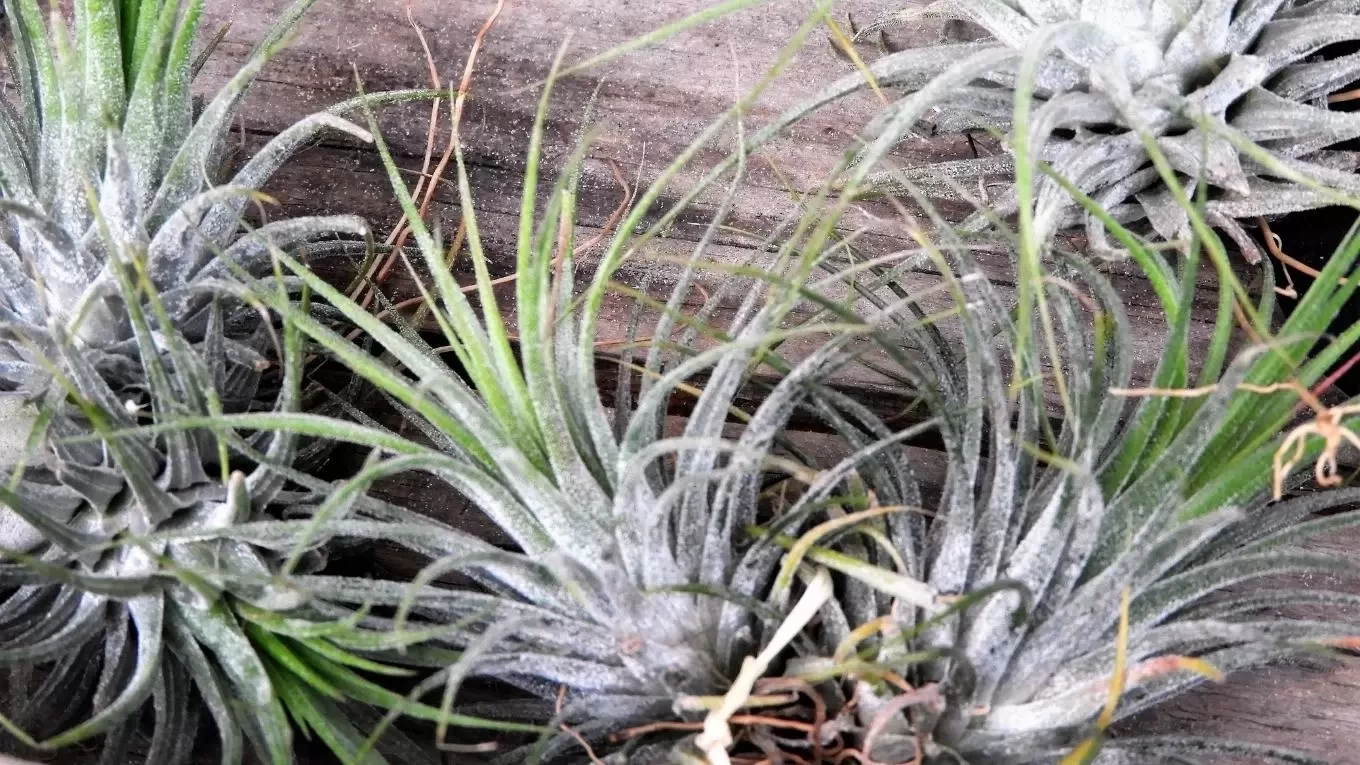
Tillandsia, Airplants
Among the best indoor plants in Australia, there are dozens of varieties of airplants out there, and many of them are simple to care for due to their habit of staying alive in rather unforgiving places such as telephone wires and bare rocks. If you have a self-proclaimed black thumb, this is the plant for you, since tillandsia gets all the nutrients it needs from the air. They just need a quick spritz of water every now and then, but otherwise they can be left alone to keep on growing.
While these indoor plants are indeed beautiful, it’s also important to remember that many are toxic to animals. Before you embark on your next indoor plant shopping spree, be sure to check which varieties are safe to keep at home – after all, you want everybody in your home to enjoy your beautiful plants!
